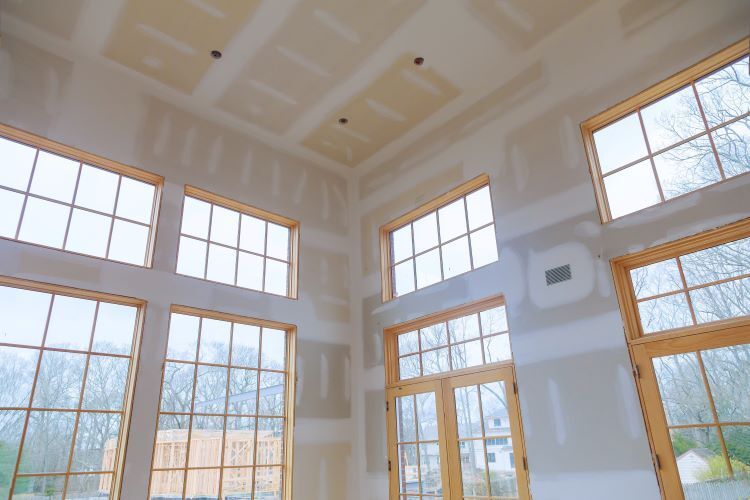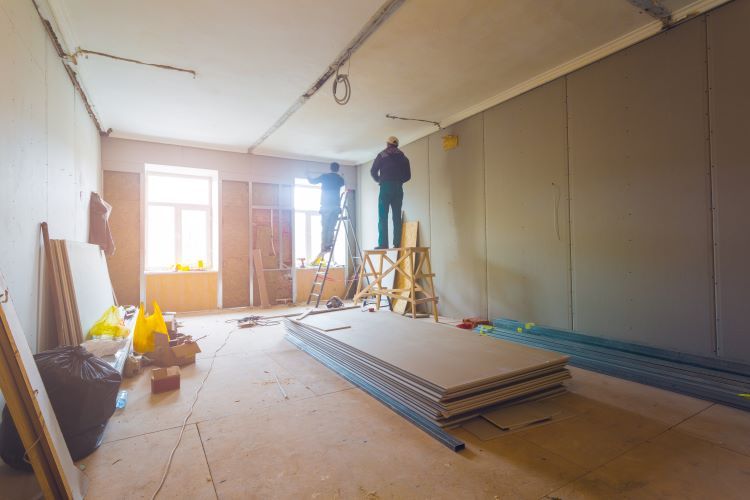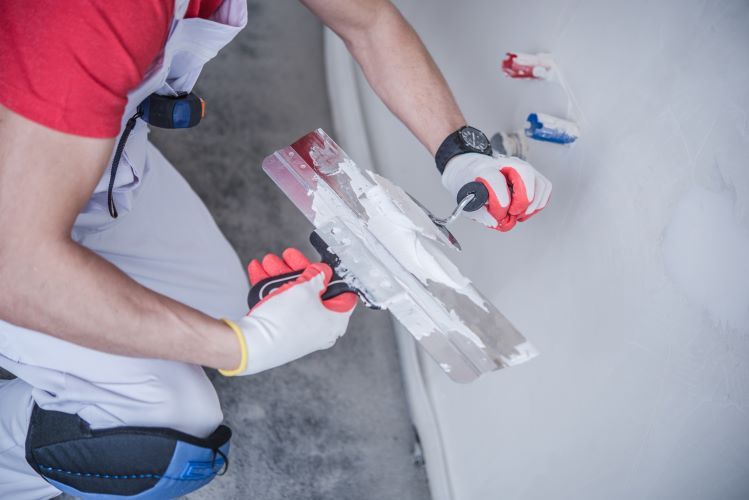Metal vs Wood Drywall Framing

Choosing the right framing material is an essential step in any drywall project. When it comes to drywall framing, the two main options—metal and wood—each offer unique benefits and considerations. Knowing the pros and cons of each can help you make an informed decision tailored to your specific needs. At St. John's Drywallers, we have years of experience working with both metal and wood framing in St. John's, Newfoundland, and we're here to help you decide which is right for your next project.
Why Framing Matters in Drywall Projects
Framing serves as the skeleton of any drywall structure, giving it strength and shape. It supports the drywall sheets, keeps them straight, and enables the installation of electrical wiring, plumbing, and insulation. Choosing the right framing material not only affects the durability and aesthetics of the finished wall but also impacts ease of installation and maintenance over time.
Metal Framing for Drywall: Pros and Cons
Advantages of Metal Framing
- Durability and Longevity
- Metal framing is highly durable, resistant to warping, and does not rot or degrade over time, making it ideal for long-term stability.
- Moisture and Pest Resistance
- Metal does not absorb moisture, so it won’t swell, warp, or harbor mold growth. This makes it an excellent choice in damp or humid environments, common in basements or commercial buildings.
- Unlike wood, metal is not susceptible to termites or other pests, adding to its durability.
- Fire Resistance
- Steel studs are non-combustible, which adds a layer of safety in case of fire. This feature makes metal framing a preferred option in commercial settings or where fire safety is a priority.
- Lightweight and Easy to Handle
- Metal studs are lighter than wood and often easier to transport and install. They are also manufactured with pre-cut holes, making it simpler to run wiring and plumbing through the structure.
- Environmentally Friendly
- Metal framing is often made from recycled materials, making it a sustainable choice for eco-conscious projects.
Drawbacks of Metal Framing
- Higher Initial Cost
- Metal studs are typically more expensive than wood studs, especially in residential applications. The higher material cost can make metal framing less budget-friendly for some projects.
- Thermal Conductivity
- Metal framing has high thermal conductivity, which can lead to energy loss and cold spots if not properly insulated. Specialized thermal breaks or additional insulation are often required.
- More Complex Fastening Process
- Unlike wood, metal framing requires specific screws or fasteners designed for steel, as well as compatible tools like metal-cutting saws. This can add complexity to the installation process.
Wood Framing for Drywall: Pros and Cons
Advantages of Wood Framing
- Cost-Effective and Accessible
- Wood framing is generally more affordable and readily available, making it the preferred choice for many residential projects. It can also be cut to fit onsite with standard tools, reducing installation time.
- Easy to Work With
- Wood is a familiar material to most builders and DIYers, and it’s easy to cut, drill, and fasten. This makes it an attractive choice for smaller-scale projects or renovations.
- Better Insulation
- Wood offers better thermal resistance than metal, helping to maintain a consistent indoor temperature and improve energy efficiency. This makes it suitable for exterior walls in homes or buildings where insulation is a priority.
- Strong Load-Bearing Capacity
- Wood is highly effective at bearing loads, making it a good choice for walls that may need to support shelving, cabinets, or other weighty additions.
Drawbacks of Wood Framing
- Susceptibility to Moisture and Pests
- Wood can absorb moisture and is prone to mold, warping, and rotting in humid conditions. It is also vulnerable to termites and other pests, which can weaken the framing over time.
- Fire Hazard
- Wood is combustible, which can be a safety concern in some settings. Additional fire-resistant treatments can help, but these come at an added cost.
- Inconsistent Quality
- Natural wood can have knots, splits, or other imperfections that may affect its performance or aesthetics. It also expands and contracts with humidity, potentially leading to drywall cracks over time.
When to Choose Metal vs. Wood Framing
- Commercial Projects: Metal framing is often preferred for commercial buildings due to its durability, fire resistance, and pest resistance. It’s also ideal for multi-floor structures where load-bearing requirements and long-term stability are crucial.
- Residential Basements: Metal framing is a smart choice for basements, as it resists moisture and mold—common issues in below-grade spaces.
- Interior Walls in Homes: Wood framing is often more cost-effective and easier to work with for interior walls in homes. It also offers better insulation, making it suitable for external walls and areas where energy efficiency is a priority.
- High-Humidity Areas: If you’re installing drywall in areas like bathrooms, basements, or other moisture-prone spaces, metal framing will offer better longevity.
Making the Right Choice for Your Project
Both metal and wood framing offer distinct advantages depending on the project’s requirements, budget, and location. Ultimately, choosing the right material comes down to understanding the unique needs of your space and consulting with experienced professionals.
At St. John's Drywallers, we have the expertise to guide you through the framing selection process, whether you’re building a new office space, finishing your basement, or adding walls to an existing structure. Contact us today to learn more about our drywall framing services and find out which framing option will bring the most value to your project.
You might also like


